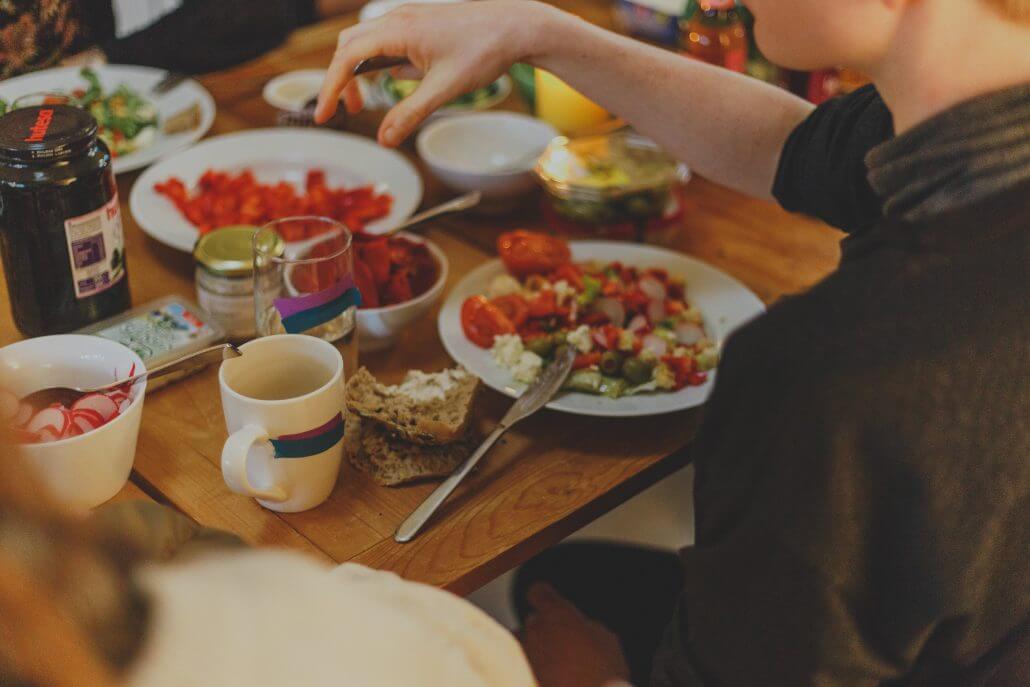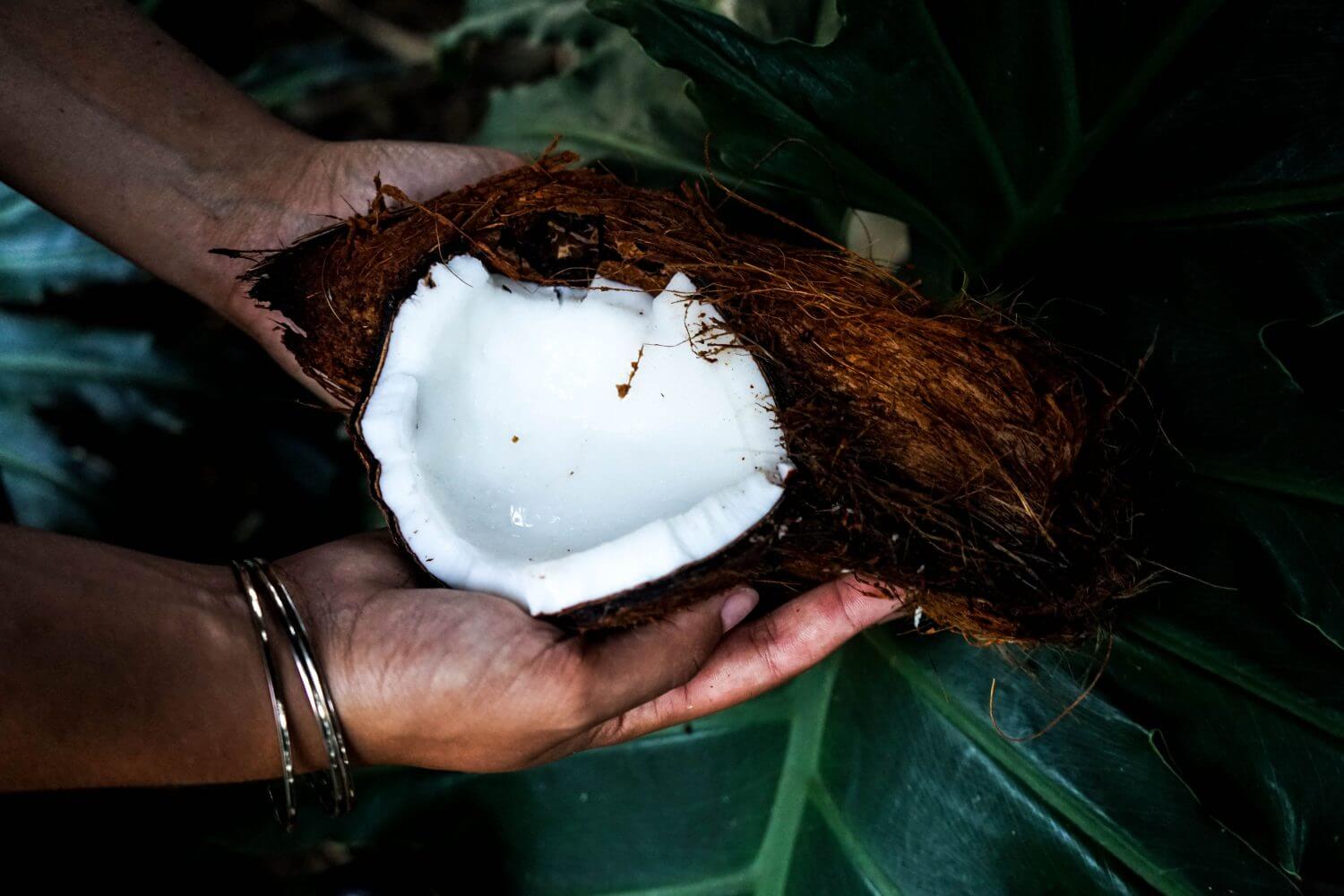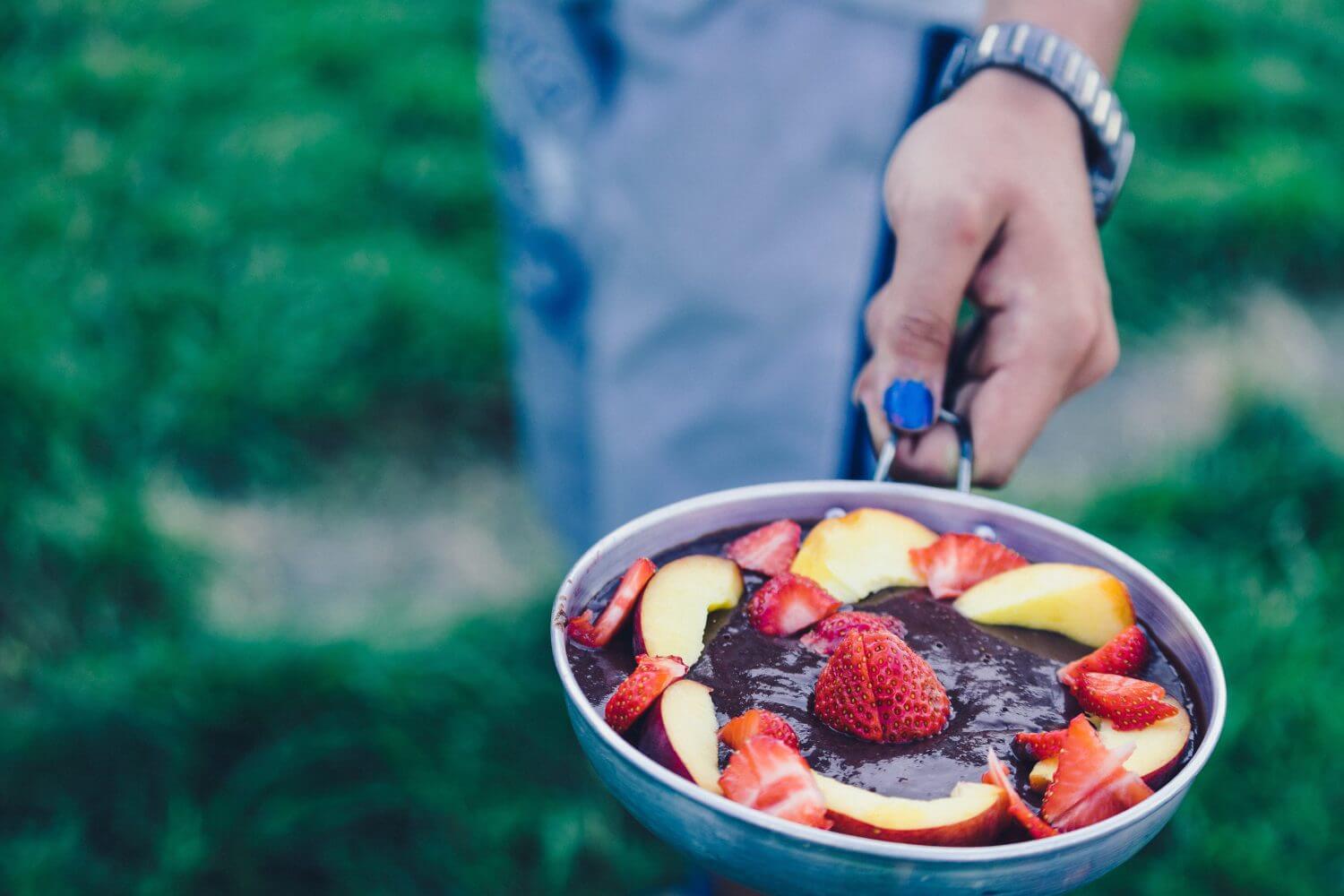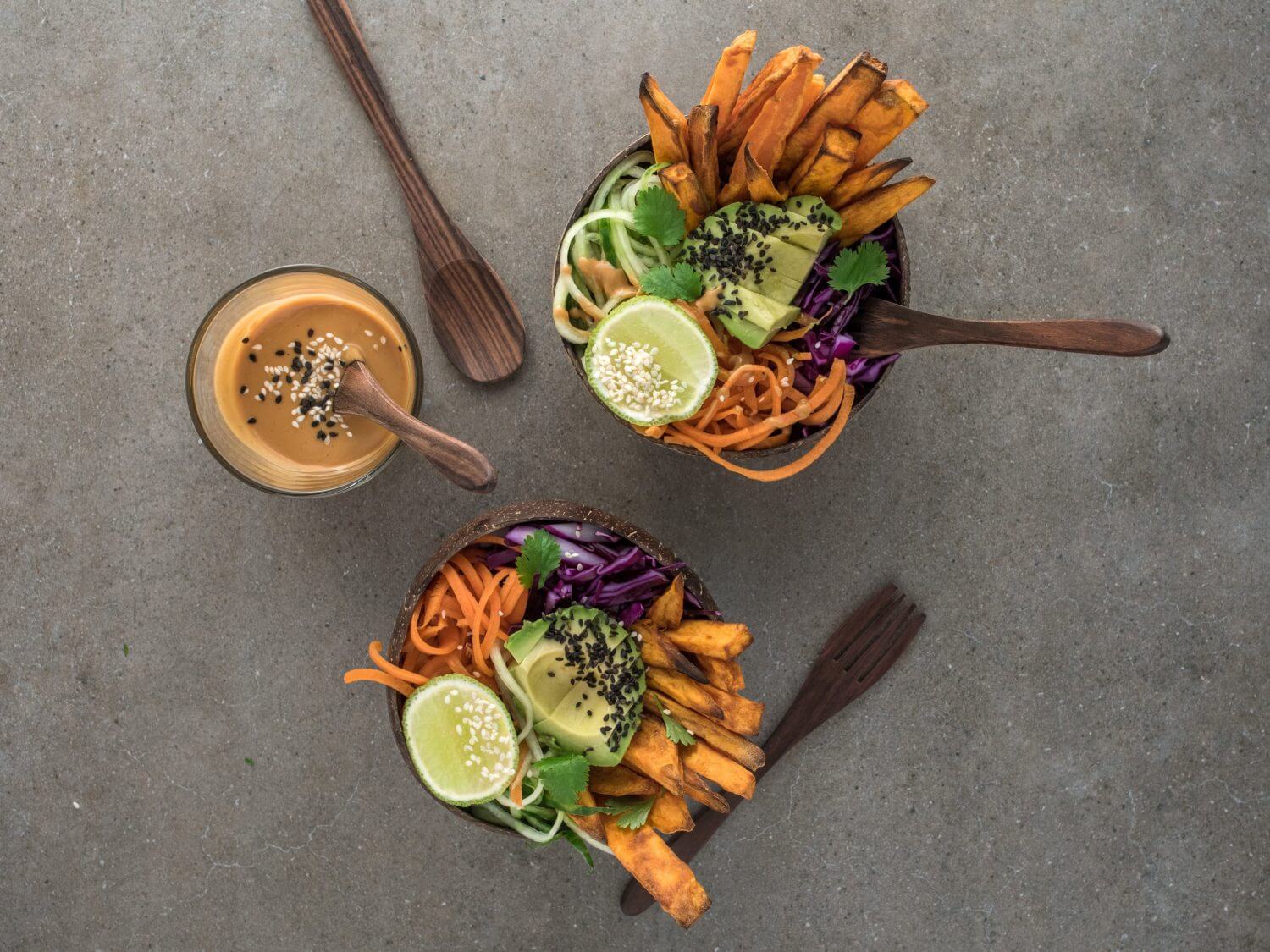What’s the Best Diet For Me? Part 4
In our last two posts in the Best Diet for You series, we discussed genetics and individual gut microbiomes, two things that are very much tied to our overall health. But not everyone can afford a deep dive look into their specific genetics and the state of their microbiome. Fear not. There are still things you can learn and practice which go a long way toward finding your optimal health.
Fundamentals of a Healthy Diet
A lot of us already know this. For years, we’ve been hearing about the detrimental effects of refined carbs, unhealthy fast foods, and high fructose corn syrup and other added sugars. But let’s consider it within our framework of food as instructions to our body for processing. We know for sure that you should eliminate:
• All fake foods
• Highly processed foods
• Processed carbohydrates
• Refined sugars
• Industrialized oils
These foods are missing essential instructions to our bodies for proper processing. Either that, or they’re bogged down with too many instructions—components our bodies simply can’t break down. Let’s take a look at two of them for some specifics.
An oily dilemma
Industrialized oils are in so many of our foods, we don’t notice anymore. Some say average Americans who eat what they eat without giving it too much thought get 60% of their calories from these oils and don’t even know it. These oils—vegetable, corn, safflower, canola, and soybean—are the brainchildren of food chemists and do not occur naturally in our environment. They have to be processed to be created.
To do this, legumes (not even vegetables!) are exposed to high heat and the oils are extracted with chemicals like acetone. Yes, the same solvent people use to remove nail polish. For a long time, we thought saturated fat was the enemy, and these oils are poly-unsaturated fats, so in many minds, this was a good thing. But chemically speaking, poly-unsaturated fats are unstable, and by virtue of what they are, they become heavily oxidized in the high heat and acetone exposure. They are then put in plastic bottles, where phthalates leech into them. After that, they’re exposed to more high heat, light, and different elements during transportation, and then placed on a grocery store shelf, where they deteriorate further because their sell-by date is long.
Then we again expose them to high heat by cooking with them, and by the time they’ve entered our bodies, they’ve become trans fats, which are no longer supposed to be in our foods. In our systems, with their incomplete and overloaded instructions to our bodies, they become mega trans-fats. They’re wrecking balls, creating inflammation, contributing to weight gain, chronic fatigue, and setting us up for future diseases.
But wait, cooking without oil? Who does that? There are some oils that, when used in moderation, do not turn into atom bombs in our systems. Extra virgin olive oil, coconut oil, and even good, old-fashioned butter (and we do mean old-fashioned; the cows supplying the milk should be pasture-raised, or at the very least, grass-fed) are all oils our bodies handle much better.
Sugar: what a rush!
Anyone born in the 80s or before grew up with Snicker’s old slogan: Snickers Satisfies. Of course it does—its caramel, nougat, peanut, and chocolate make-up is almost pure sugar, and that satisfaction we get from eating a Snicker’s bar is a sugar rush of epic proportions. Sugar fuels brain cells, which interpret that fuel as a reward. Eating more feels good, so our brain signals us that we’re happy, sated, and ready to tackle our afternoon. This rewards the sweet craving, and thus, we begin a cycle that’s difficult to break.
The science behind a sugar rush is that simple sugars and carbs are immediately turned into glucose, which our bodies burn through quickly, giving what feels like a burst of energy. Simple sugars and carbs are also found in fruits, veggies, and dairy, but they’re paired with protein and fiber, which slow down the process, tempering the “sugar rush” and thus, the rewarding feeling. This is why it’s not as much fun to snack on carrot sticks as it is to pop some Hershey’s Kisses.
To use that quick energy, your body moves the glucose out of your bloodstream and into cells with the help of insulin, a hormone regulating blood sugar levels. This transfer can happen fast, leading to what we know as a sugar crash. It can leave you feeling shaky and weak, and in need of more sugar to maintain the rush.
Think that because that bagel or bag of chips isn’t sugary, it doesn’t count? Think again. The body breaks these complex carbs into simple sugars, setting us up for the same roller coaster as a candy bar. Some of the worst offenders are of the highly refined variety, like:
-
White bread
-
Pretzels
-
Crackers
-
Pasta
Artificially sweet, good or bad?
“Well, I put Stevia in my coffee, so I’m okay.” Actually, no you’re really not. If you were to slowly cut out sugars—reduce one sweet thing you eat a week, like declining dessert, or drinking one less sugary coffee—your taste buds will adapt. Partaking in something sweet after a break from it, chances are good, it’ll be too sweet. If you’ve ever switched between full-calorie soda to a diet variety, you’ll have experienced this. Your taste buds become accustomed to what they usually taste.
By partaking in artificial sweeteners, you’re still getting all the sweet with none of the brain-cell-fueling sugar. The brain is fooled, expecting the sugar and when it doesn’t happen, the craving for sweets kicks up a notch. The brain sends signals to the body. “Something’s wrong. I’m not getting the reward I expected, so I need more sweet.” And a craving too intense to ignore is born. It’s not a matter of will power. It’s a matter of body chemistry.
According to the American Heart Association, most average Americans eat 19 teaspoons of added sugar a day. Recommended amounts? 6 teaspoons (100 calories) for women, and no more than 9 (150 calories) for men. Check labels. If too much of the calories come from sugar, don’t eat what’s in the package.
So what can I eat?
That is the question. A diet of whole foods like fresh vegetables, fruits and nuts, whole grains, protein, moderate amounts of complex carbohydrates, and healthy oils is a far better blueprint for your body’s food processors to follow. If we’re honest with ourselves, there’s a lot of variety in that list. With a little mindfulness to how these foods make you feel—and food journaling is a great way to nail that down—cutting out unhealthy foods isn’t as hard as it sounds. Once your body processes good, whole foods and you consistently feel the optimization of your overall health, the idea of eating refined and processed foods will have your taste buds saying, “No thank you.” There is honestly no junk food that tastes as good as healthy feels.










